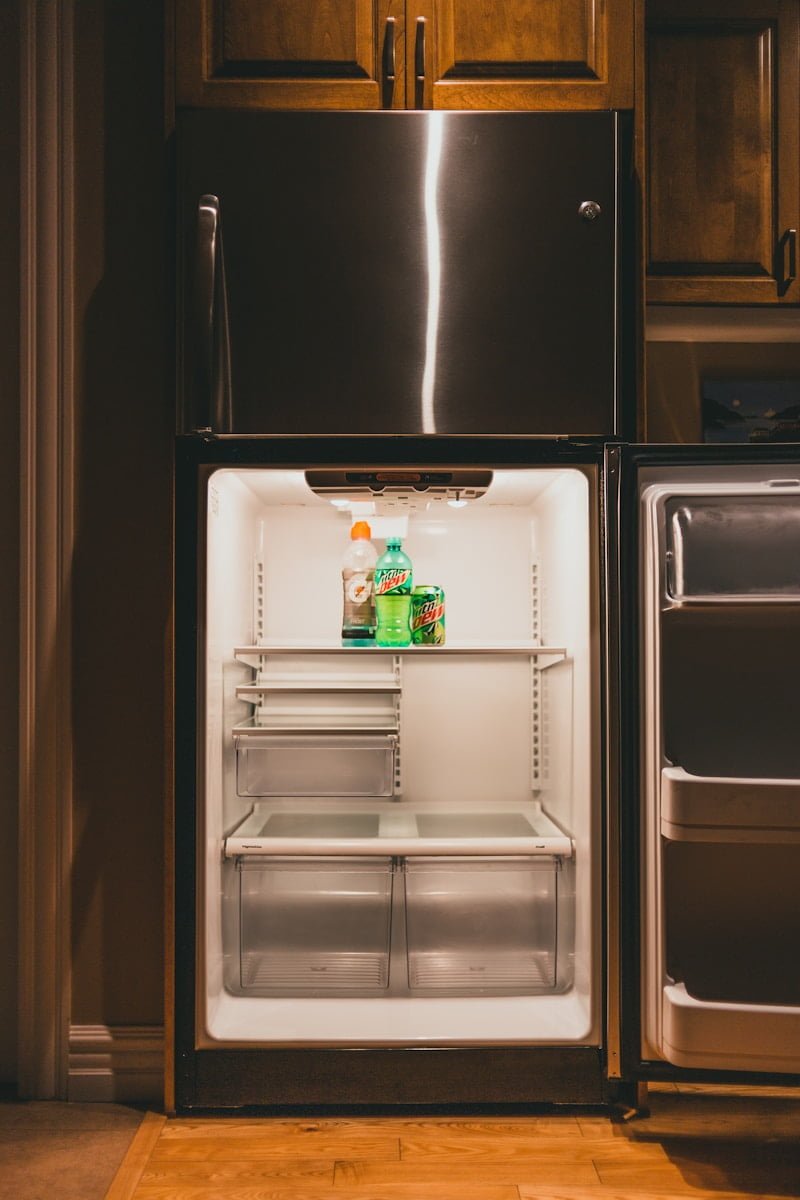Refrigerators are the unsung heroes of the kitchen, tirelessly working to keep our food fresh and drinks cold. But like any appliance, they can occasionally run into problems. One such issue might involve the compressor, the heart of your refrigerator’s cooling system. If your refrigerator is not cooling properly or has stopped working altogether, resetting the compressor might just be the solution you need. Here at TheKitchenApplianceDad.com, we’re here to guide you through the process step by step.
Before diving into the resetting process, it’s crucial to understand what the compressor does. The compressor is responsible for moving refrigerant throughout the fridge, helping to regulate the temperature. When it’s not working correctly, the whole system can falter.

Safety first! Unplug your refrigerator to ensure your safety and prevent any electrical damage. This is an essential step in any appliance maintenance routine.
Typically, the compressor can be found at the back of the refrigerator, near the bottom. You might have to remove a panel to access it. It’s a tank-like part with various wires and tubes attached to it.
Not all refrigerators have a reset button, but if yours does, it will usually be located on or near the compressor. Refer to your refrigerator’s manual if you are unsure. Manuals can often be found online at the manufacturer’s website.
If you found a reset button, press and hold it for a few seconds. After releasing it, give the fridge a moment to respond. If there’s no reset button, you can simply leave the fridge unplugged for a few minutes before plugging it back in, which can also serve as a manual reset.
After resetting, plug the refrigerator back in. Listen closely for the compressor to start running again. It might take a few minutes to kick in.
After the compressor starts, monitor the refrigerator to ensure it is cooling properly. This might take a bit of time, so be patient. It’s a good idea to check the temperature after a few hours.
If resetting the compressor doesn’t solve the problem, or if the compressor fails to start, it might be time to call in a professional. Here are a couple of things you can do:
To avoid future issues, regular maintenance of your refrigerator’s compressor is essential. Here are a few tips:
Resetting your refrigerator’s compressor can seem daunting, but with these steps, you should be able to tackle the problem head-on. Remember, regular maintenance is key to prolonged appliance health. Keep these tips in mind, and hopefully, your refrigerator will continue to serve you well for many years to come. For more tips and tricks on all things appliances, keep reading here at TheKitchenApplianceDad.com.

